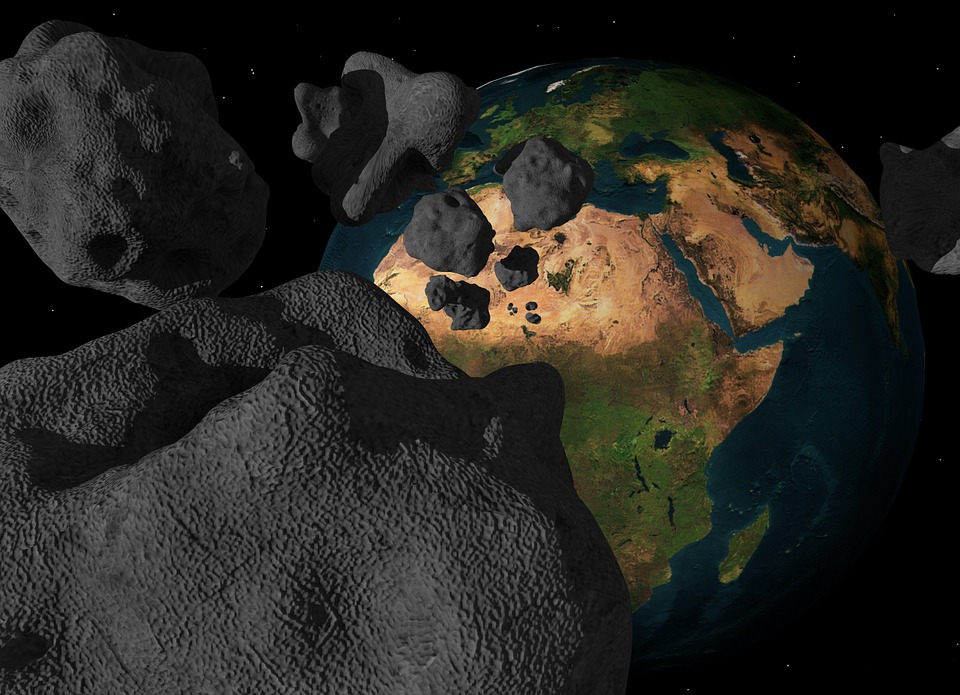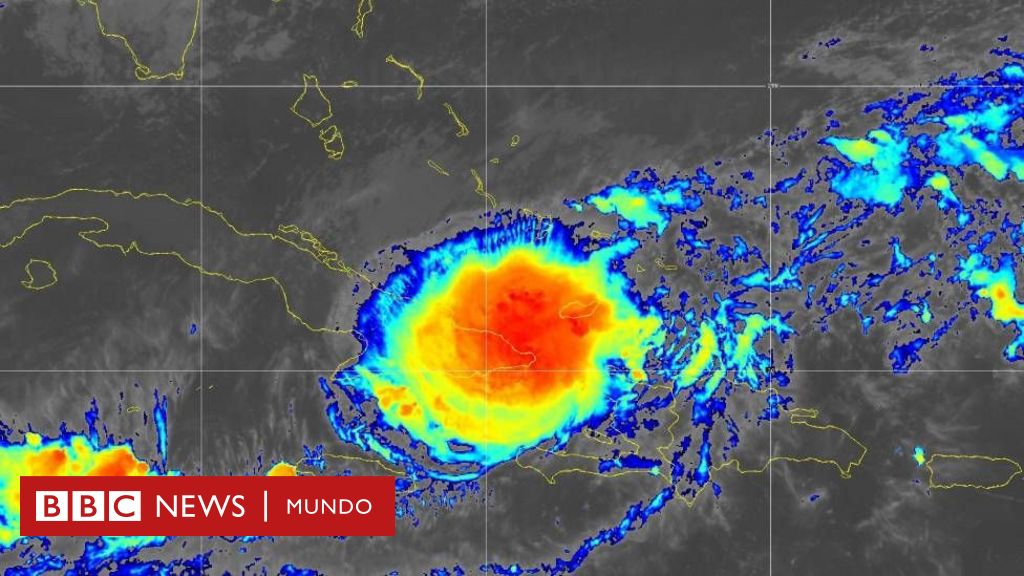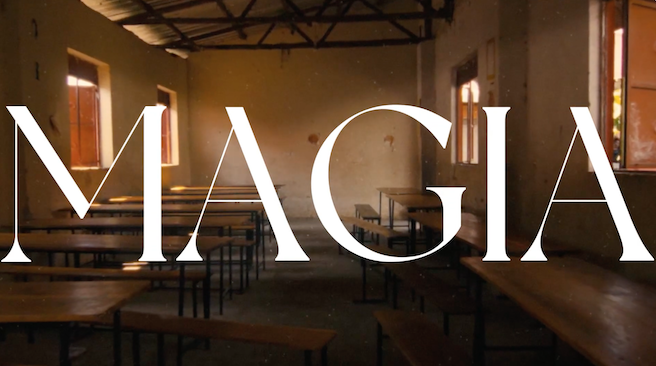History of the largest meteorite that fell in Spain

It fell in 1912 in Colomera, Granada, Although it wasn’t found until a year later, since then the ups and downs it has suffered are greater and better meteor There weren’t many people who fell in Spain at all, to the point that some of his remains ended up being distributed, and in many cases, around the world.
Now, a team of Spanish scientists has documented all these scientific and judicial upheavals and published in Scientific journal Meteorites and planets The most complete history of the specimen that fell in Spain, the current distribution of fragments and the judicial fluctuations thatThey ended up putting the meteor back into their own hands.
It weighs 134 kg, This meteorite – of which there are only 25 around the world – was cut and studied in different parts of the world, including California, where American scientists analyzed its perfect composition and techniques for the history of these types of rocks before then. Samples brought by Apollo XI from the moon.
Today, Two small fragments of the exceptional meteorite are found in Spain – in the permanent exhibition of the Institute of Geology and Mining – while others are at the Smithsonian Institution’s National Museum of Natural History, in Washington, at the Museum of Natural History in London, and in various scientific institutions in North America or Britain, but different parts of it actually exist Missing.
Scientists from the Spanish Institute of Geology and Mining (IGME) and University of Rey Juan Carlos have documented all of these fluctuations, which culminated in 2017, when justice was imposed. National Museum of Natural Sciences To return the copy to the heirs of the rightful owner.
Meteor: “unique” in the world
IGME Researcher Rafael Lozano’s photoThe first author of the research shed light on the properties that make this meteor “unique” in the world, among them the quantities of the mineral (potassium feldspar) it contains.
Speaking to EFE, Lozano notes that this type has origins in metallic meteorites It is still a mystery to science There are several hypotheses about what might be the “parent body” it comes from.
The discovery of an extraterrestrial object occurred in 2013 during excavations in the yard of a house in Colmenera to adapt the sewage system, even though it had been three years since the homeowners had passed They moved to Almuñécar (Granada). And in this movement they included the meteor.
After a few years, A pharmacy student became interested in rock Together with experts from the University of Granada, they analyzed its composition, published its results and advised the owners to deposit it in the National Museum of Natural Sciences, while the other parts began a journey across Europe.
In the 1960s, North American scientists who were responsible for analyzing the lunar debris that Apollo XI would attend requested from the Spanish Museum that the meteorite study it at the California Institute of Technology, and even there It was brought by a Spanish researcher from the Nuclear Energy Council.
Cutting continued. Because there the meteorite gets shredded again, and during the American flight More than 4 kilograms is lost in various cuts And 9 kilograms was distributed among different groups, although Spanish researchers were only able to document the whereabouts of 4 of these 9 kilograms.
Battle in the courts
The main mass (105.7 kg) and two smaller fragments returned to Spain and remained in the National Museum of Natural Sciences, with occasional departures for some exhibits, but the family’s heirs who found that they had started a legal battle to get them back and finally The courts proved they were right and took her back, Although very chopped.
They also took it back b 50,000 Euros in damages That arose out of breaching the deposit contract, to dispose of the meteorite without permission and to allow large chunks of it in the United States.
Researchers who followed the evidence of the rock until publishing their work in the aforementioned scientific journal discovered that in 2017, some discovered These parts were for sale in the United States And they were already in the hands of a well-known meteor collector.
This collector obtained the samples from the American mineralogist, who in turn received them from the scientist who received the pieces from Spain to study at the California Institute of Technology, but the efforts of the National Museum of Natural Sciences This organism was allowed to recover those small parts, Which are in the museum’s permanent exhibition and which are the only “public” samples of the best meteorite that has ever fallen in Spain.
Fountain: EFE, 20 minutes ,
Reference article: https://www.20minutos.es/noticia/4679966/0/la-increible-historia-del-mayor-meteorito-caido-en-espana-de-su-hallazgo-en-1913-hasta-acabar-troceado- Pur-mundo /,

“Award-winning zombie scholar. Music practitioner. Food expert. Troublemaker.”


/cloudfront-eu-central-1.images.arcpublishing.com/prisa/AHVYMMDSTZDTDBFNZ3LMFUOKNE.jpg)








